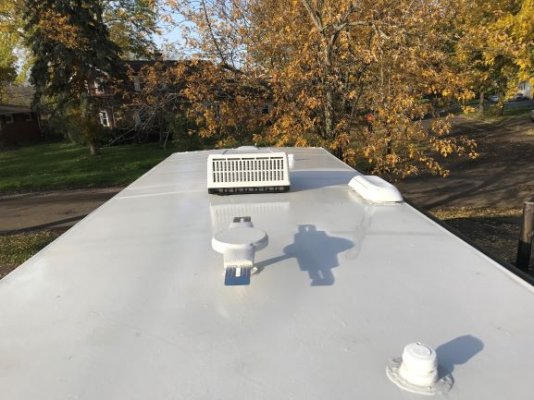I would suggest you not buy batteries first until you have at least performed a power budget and have a better idea of what you actually need. I witness this "cart before the horse" engineering all the time, even by those qualified to know better..
ok, professional rant over.. LOL... seriously though, it would be better for you to have a good estimate of your actual needs rather
than just buying four of this or that.. I know it may seem to be an overkill to have a good estimate first, but it will pay off in the long run having a system better matched to your needs. ( and potentially a more economical solution )
I have a post here that explains solar and battery capacities..
http://www.rvforum.net/SMF_forum/index.php/topic,113514.0.html
also one thing you should be aware of with lithium is the limited temperature range.. if you intend to camp
in colder,freezing or sub zero weather then they are not a good choice unless you can install them inside the RV.
I have done this with mine for such a reason.
as for separate vs combo units.. it's down to reliability, cost and personal preference.
combo units take up less space generally and may include an automatic transfer switch too..
best of all worlds.. however, if you have not sized it correctly, then upgrading is more expensive vs individual units
as you have to replace everything in one go.. if space is not an issue then separate units will give you more flexability
in the event of failure.

